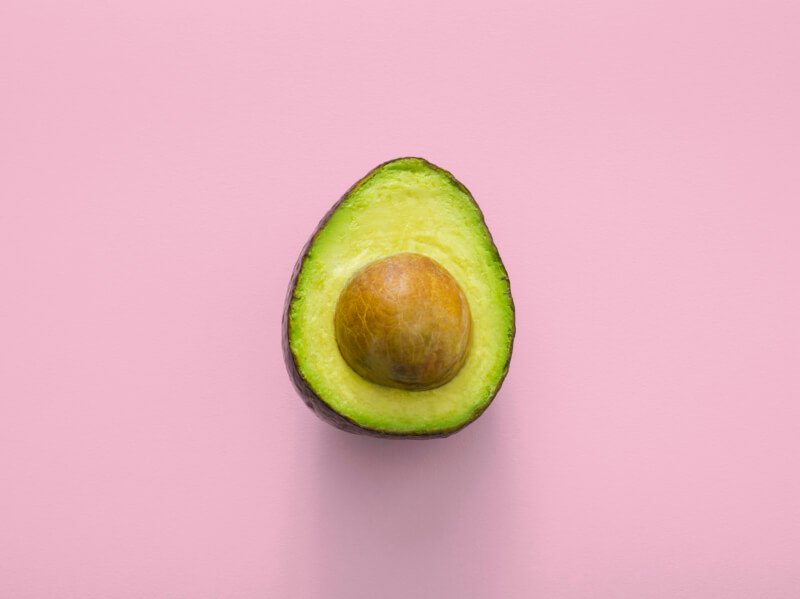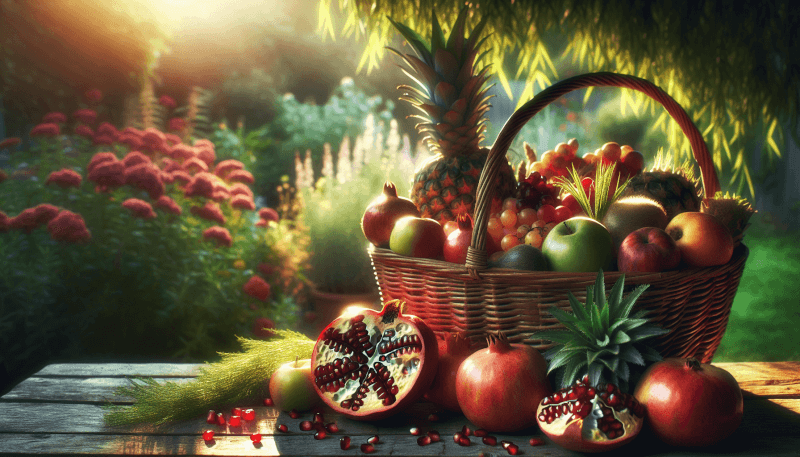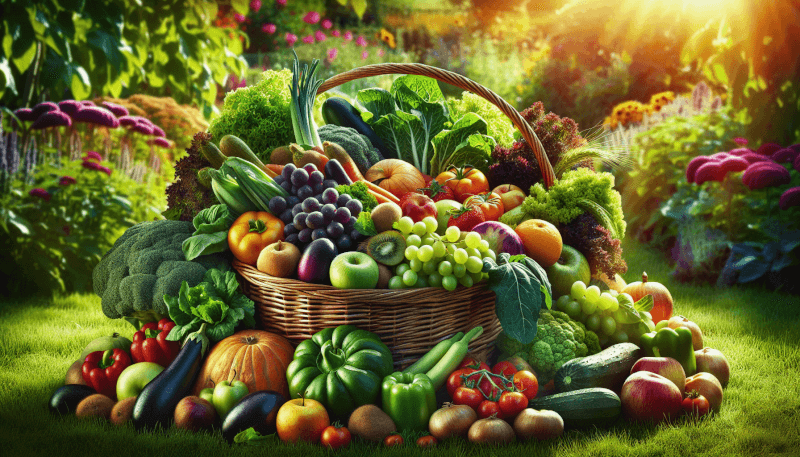Are you finding yourself with an abundance of fresh garden produce and wondering how to make the most of it all? Look no further! In this article, we will explore some of the best ways to utilize and enjoy your excess garden produce. From preserving and sharing with friends and neighbors to creating delicious recipes and incorporating them into your everyday meals, we’ve got you covered. So let’s dive in and discover the wonderful possibilities that lie within your bountiful harvest.

Best Ways to Use Excess Garden Produce
Subheading 1.1: Preserving Your Harvest
When you have a thriving garden, it’s entirely possible to find yourself with an abundance of produce. To make the most of your harvest and avoid wasting any of your hard work, preserving your excess garden produce is a fantastic solution. There are several methods you can use to preserve your produce, such as canning, freezing, and dehydrating.
Canning is an excellent option for fruits and vegetables that have a high water content. You can make jams, jellies, and pickles, or even create canned sauces and salsas to enjoy throughout the year. Freezing is another popular method that allows you to preserve the texture and flavor of a wide variety of produce. Simply blanch your vegetables before freezing, and they will retain their nutrients and taste. Lastly, dehydrating is a great way to create shelf-stable snacks like dried fruits or vegetables chips. Invest in a food dehydrator, or you can even use your oven at a low temperature.
Subheading 1.2: Sharing with Friends, Family, and Neighbors
It’s always wonderful to share the bounty of your garden with those around you. One of the best ways to use excess garden produce is to share it with your friends, family, and neighbors. Consider creating a “produce swap” where everyone can exchange their surplus fruits and vegetables. You could also consider donating to local food banks or community organizations that provide meals for those in need. Not only will you be helping others, but you will also strengthen the bonds within your community.
Subheading 1.3: Experimenting with New Recipes
When you find yourself with an excess of garden produce, it’s the perfect opportunity to get creative in the kitchen. Experiment with new recipes and dishes that incorporate the ingredients from your garden. You can find inspiration from various sources such as cookbooks, cooking websites, or even your favorite cooking shows. Try making fresh cucumber salads, zucchini fritters, or tomato sauces. By exploring new recipes, you not only enjoy your produce, but you also expand your culinary skills.
Heading 2: Enhancing Your Meals
Subheading 2.1: Fresh Salads and Sides
One of the simplest and most refreshing ways to use excess garden produce is by incorporating them into fresh salads and sides. Start by mixing different types of lettuce and leafy greens with vibrant tomatoes, crunchy cucumbers, and colorful bell peppers. You can also add in some sliced radishes or grated carrots for extra texture. The possibilities are endless, and you can customize your salad with your favorite herbs, cheeses, and dressings. As for sides, roasted vegetables or grilled asparagus can be the perfect accompaniment to any main course.
Subheading 2.2: Making Flavorful Soups and Stews
Another great way to utilize your excess garden produce is by making flavorful soups and stews. Gather your ripe tomatoes, onions, garlic, and herbs to create a delicious homemade tomato soup. You can also make vegetable-based soups, like butternut squash or carrot soup, which are hearty and packed with nutrients. For stews, mix in a variety of vegetables like potatoes, zucchini, eggplant, and green beans, along with your choice of proteins like chicken or beef. These comforting dishes will warm your soul and make good use of your excess produce.
Subheading 2.3: Infusing Flavors into Beverages
Who said garden produce was limited to just food dishes? You can also use your excess fruits, herbs, and vegetables to infuse flavors into your favorite beverages. Simply muddle some fresh fruits like berries or peaches, add in herbs like basil or mint, and mix them with water or sparkling water for a refreshing infused drink. You can also create flavorful syrups by simmering a combination of fruits and herbs with sugar and water. These syrups can be used to make homemade lemonades, teas, or even cocktails. Drinking your garden produce has never tasted better!

Heading 3: Creating Homemade Goodies
Subheading 3.1: Baking Fresh Pies and Tarts
When life gives you excess garden produce, it’s the perfect opportunity to indulge yourself in some homemade pies and tarts. Use your surplus of fruits like berries, apples, or peaches to whip up a delicious fruit pie. Whether you prefer a lattice-topped pie or a double-crust one, the aroma of a freshly baked pie is irresistible. You can also make fruity tarts with a buttery crust and a smooth custard filling. These sweet treats make for a delightful dessert or a lovely addition to afternoon tea.
Subheading 3.2: Making Jams, Jellies, and Preserves
If you’re looking for a way to preserve your excess garden produce while also satisfying your sweet tooth, making jams, jellies, and preserves is a great option. Gather your ripe fruits; strawberries, blueberries, or apricots work wonderfully, and cook them down with sugar and lemon juice to create a fruity spread. Not only will you get to enjoy your homemade jams on toast or scones, but they also make perfect gifts for friends and family. You can even play around with flavors by adding herbs like lavender or spices like cinnamon for an extra kick.
Subheading 3.3: Experimenting with Homemade Salsas and Chutneys
If you’re a fan of condiments with a bit of a kick, using your excess garden produce to make homemade salsas and chutneys is a must-try. Blend together tomatoes, onions, garlic, and chili peppers to create a delicious salsa that pairs perfectly with tortilla chips or as a topping for grilled meats. For a more complex flavor profile, try your hand at making chutneys. Combine fruits like mangoes or peaches with spices, vinegar, and sugar to create a tangy and sweet condiment that complements your favorite dishes. These homemade goodies will elevate your meals and add a burst of flavor.

Heading 4: Putting Your Produce to Good Use
Subheading 4.1: Composting for a Sustainable Garden
When your excess garden produce is beyond what you can use or preserve, you can still put it to good use by composting. Composting is an eco-friendly way to recycle organic waste and turn it into nutrient-rich soil for your garden. Simply gather your excess fruits, vegetables, and other plant-based materials and create a compost pile or bin. With time, these organic materials will break down into dark, crumbly compost that will enrich your soil, promote healthy plant growth, and reduce waste sent to landfills. Utilizing excess produce through composting is a win-win for both your garden and the environment.
Subheading 4.2: Feeding Livestock or Farm Animals
If you have a small farm or keep livestock, your excess garden produce can become an excellent source of nutrition for your animals. Many farm animals, such as chickens, goats, pigs, and rabbits, can consume various types of fruits, vegetables, and leftover garden produce. Feed them extra corn, lettuce, or even carrot tops as a nutritious addition to their regular diet. Not only does this reduce food waste, but it also provides a healthy and natural diet for your animals, ensuring their overall well-being.
Subheading 4.3: Trading or Selling Your Excess Produce
If you find yourself with an abundance of garden produce, consider trading or selling your surplus to others who may not have access to fresh, homegrown fruits and vegetables. You can set up a small stand at a local farmers’ market or approach neighbors, friends, or coworkers who might be interested in purchasing or exchanging produce. Not only will you be sharing the fruits of your labor, but you may also be able to earn a little extra income or trade for other goods. It’s a win-win situation that allows you to connect with your community and support the local economy.

Heading 5: Conclusion
In conclusion, having excess garden produce doesn’t have to be a burden. There are numerous creative and practical ways to make the most out of your harvest. Whether it’s preserving your produce, sharing with others, enhancing your meals, creating homemade goodies, putting it to good use, or even trading and selling, you have plenty of options to choose from. So, the next time your garden yields more than you can consume, embrace the opportunity to explore new recipes, support your community, and enjoy the abundance of flavors that come from your garden. Happy harvesting!


